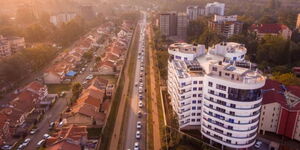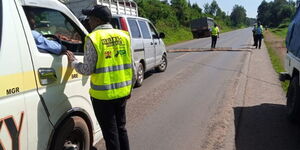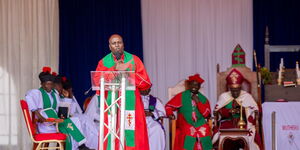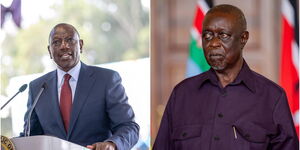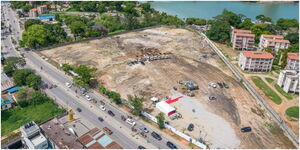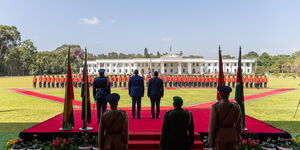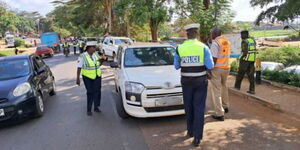Nairobi's Donholm Estate has largely maintained its class and prestige despite bordering the vast Eastlands area known for unscrupulous business dealings
According to HassConsult's 2022 fourth-quarter land index, an acre of land in Donholm, which costs north of Ksh73 million, is one of the most overpriced neighbourhoods in the country.
The estate is classified in the suburbs alongside, Lang'ata, Gigiri, Karen, Kileleshwa, Kilimani, Kitisuru and Loresho.
"Land in Donholm took up 0.3 per cent of the market," the report read in part indicating that property prices also maintained an upward trajectory pointing to a positive outlook in the real estate sector.
The Dairy Farm Story
Initially, Donholm was reserved for animals including high-grade cattle imported into the country from the UK.
The vast estate was named by Scottish farmer James Kerr Watson who arrived in Nairobi around January 1908.
Watson started his exploration by planting trees to break the landscape monotony in the area. After successfully obtaining legal documents, Watson named the vast land Doonholm Farm.
The Scottish farmer explained that Doonholm reminded him of the banks and braes of River Doon in Aysssire, Scotland.
Later, Watson constructed a two-storey house for his family. Reports indicated that he used locally sourced materials to set up the house on his Doonholm Farm.
Watson then started rearing cattle, including Ayshire breeds. However, after some time, Doonholm Farm was adopted to become an experimental farm due to a disease outbreak.
However, Watson lost the land in 1950 when the government acquired it to build Embakasi Airport. The Doonholm Farm was vast; it covered the present location of Jomo Kenyatta International Airport all the way to City Stadium.
His demise in 1955 marked the end of Doonholm Farm. In 1960, the government acquired more land to widen Doonholm Road, known as Jogoo Road today, and later built a feeder to Lunga Lunga Road.
While naming estates, Doonholm was misspelt, and Donholm became the official address for the suburban area.
Watson Contribution While Running Dairy Farm
His passion for building roads and houses was evident through a number of projects credited to his skills.
Watson laid the foundation for Nairobi’s Kenyatta Avenue. He was also credited for laying the drainage and design of the road, then Sixth Avenue, which is the widest in the city.
He put murram along Jogoo Road to enable him to supply milk to the city from Doonholm Farm. He was thus lauded for linking the area to the city.
Watson also built the Kenya National Archives building and residential houses in Muthaiga before he quit to concentrate on farming.

